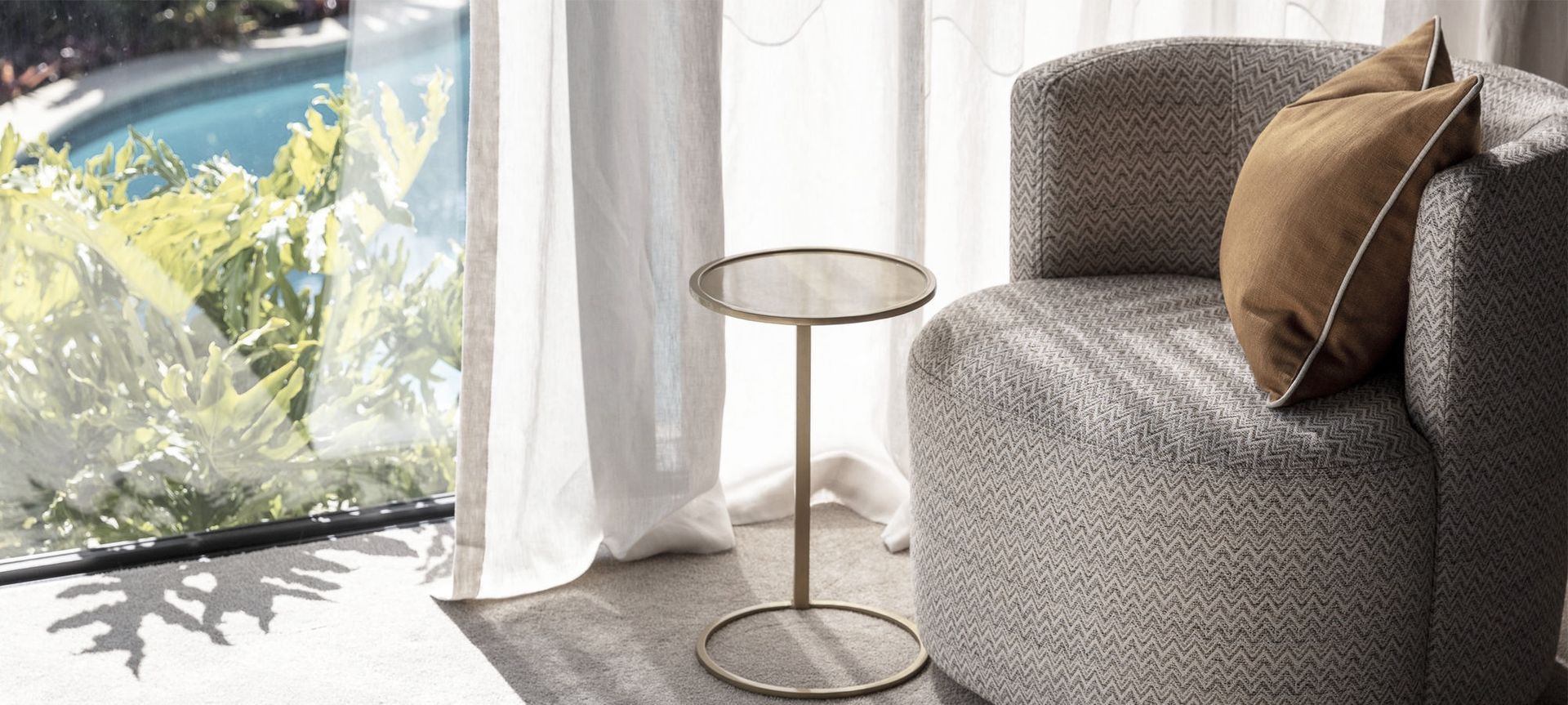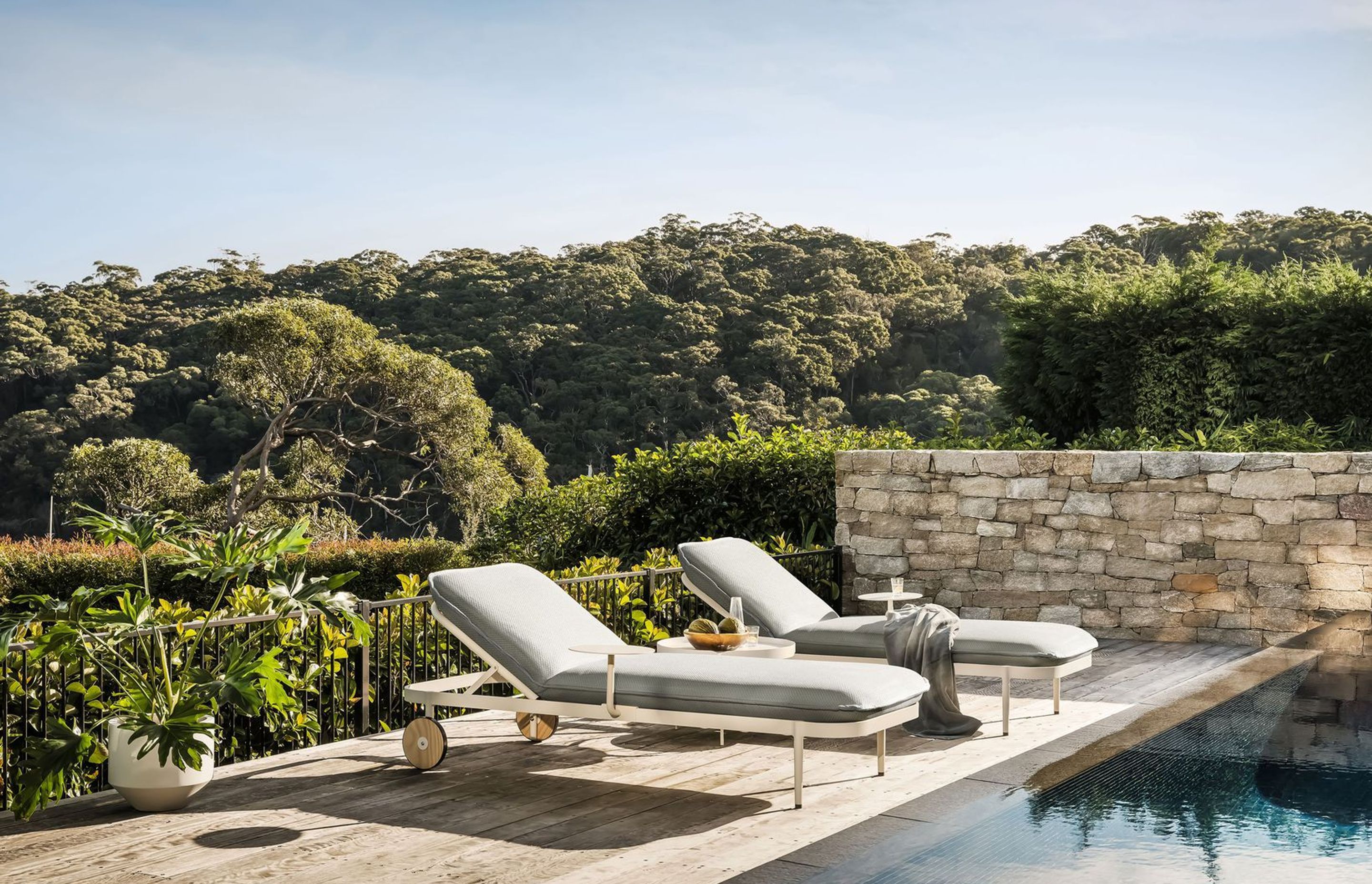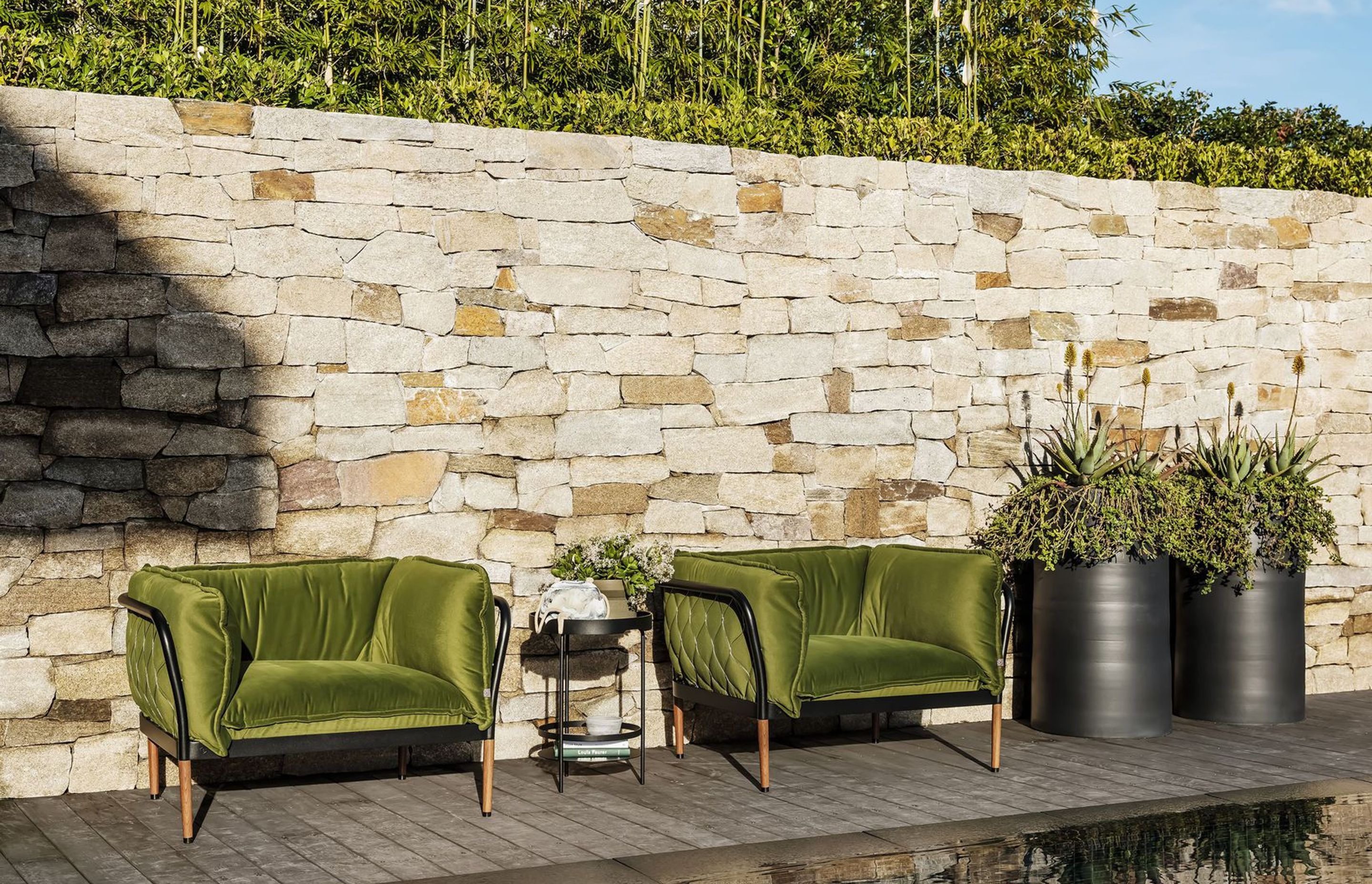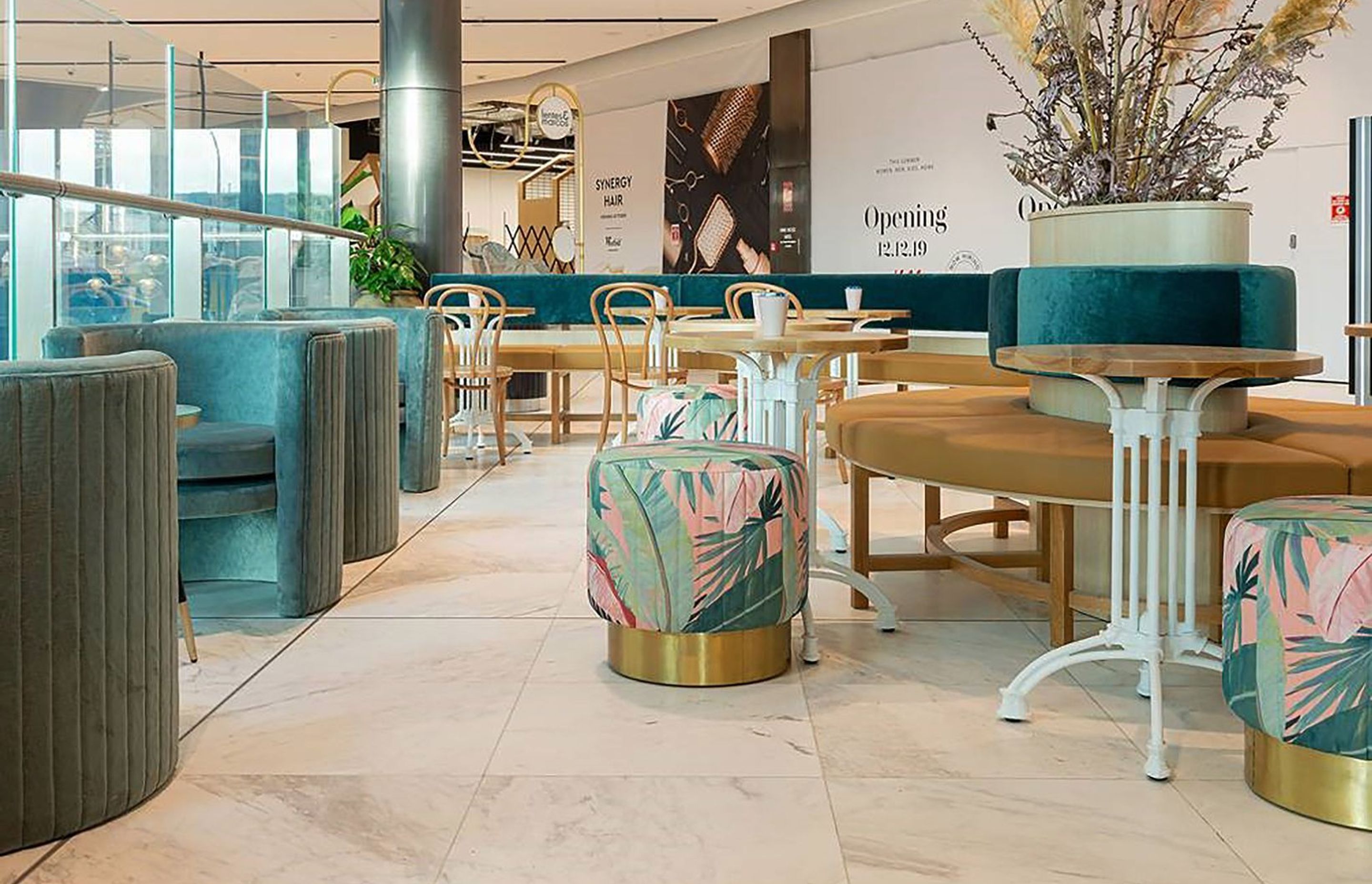UV - How to apply ‘SPF’ to your interior

When the sun is shining it’s only natural for us to enjoy the warmth and let the light stream through our windows. However, even when there is no direct sunshine, harmful UV rays are still present, penetrating into our interior furnishings and slowly damaging our furniture, curtains, art and flooring.
How this damage occurs is technical and complex. Ultraviolet light spurs a reaction between the water present in fabric and atmospheric oxygen to create hydrogen peroxide. This is a bleaching agent and breaks down the chemical bonds that give dyes their colour. It’s not actually the fabric fading, it’s the dye itself within the yarn. As fabrics are commonly piece or yarn dyed, they are more inclined to fade compared to other objects in the home that are more reflective of light. Additionally, as the chemical bonds break down within the yarn, the fabric can become brittle and weak making it more susceptible to breakage. The effects of UV damage aren’t immediate, it’s a gradual process increasing in impact over time, leaving your curtains, cushions, and upholstery fabric looking faded and worn.

Our environment and indoor/outdoor alfresco lifestyle enjoyed in Australasian homes creates a technical criteria for product development, as the markets demand practical and robust constructions. In response to this, our design studios develop upholstery, drapery and wallpapers to withstand and to last in our unique environmental conditions.
We work closely with our mills to ensure our developed textiles are fit for purpose. We do not re-sell textiles straight from our suppliers. Our design teams manipulate compositions and constructions to ensure our products are suited to our lifestyle, and we ensure stringent testing which, if not meeting our critical standards, will not be included in our range.
A textile’s composition has a direct impact on the way in which a finished textile will look, feel and ultimately perform. Natural fibres such as cotton, linen, silk and wool, are absorbent, porous fibres and therefore sensitive to their surrounding environmental conditions such as changing humidity or UV light levels.
When working with 100% natural fibre our design teams are careful to use best quality pre-production, dyeing and finishing methods or more often than not we favour a blended composition of both natural and synthetic fibres. Blended compositions allow for the luxury aesthetic and handle of natural fibre to be complimented with the added performance benefits of synthetic yarn types. Adding synthetic fibre such as polyester, nylon or acrylic to a textile composition will almost always improve strength and stability results, and when used in conjunction with high quality dye, should achieve improved colour fastness to light results.

We externally test all our textiles in Melbourne at a highly reputable laboratory and will not release a product that doesn’t achieve satisfactory test results. The laboratory results are conservative and amongst the most stringent in the world given Australia and New Zealand’s harsh environmental conditions. As such, many qualities carefully brought to fruition by our studios that would be acceptable in other markets, will not be continued with if they do not stand up to our testing criteria. The local consumer base demands a lot of textiles so we are often complimented internationally for the robust and high performing nature of our products.
The hole in the ozone layer over Australia and New Zealand creates high levels of damaging ultra-violet light so our design teams pay particular attention to the colourfastness and light test results. Subsequently all other markets, such as the USA, receive products from James Dunlop Textiles that far exceed local expectations of UV resistance and durability under environmental conditions.
The colourfastness to light test examines how well the fabric’s colour will resist fading from ultraviolet light. The fabric is tested under an artificial lamp in controlled conditions to replicate the effects of natural light exposure. After 40hrs of continuous exposure, the fabric is removed and evaluated against both a piece of the original fabric as well as a standard set of “blue scales” (8 scales which graduate from light (1) to dark (8)). The higher the rating, the better the resistance. A score of 1/8 is very poor, and 7/8 is exceptionally good.
James Dunlop Textiles provides the colourfastness to light test result for each fabric on their sample labels. Comparing these scores will help in the selection of your fabric.
Both the James Dunlop and Mokum design studios produce unique outdoor fabric ranges. Our unique lifestyle influences the look and feel of these ranges and great care and attention is made to ensure that our outdoor cloths look and feel like indoor fabrics.
Increasingly, these ranges are used in place of indoor high performance alternatives as their inherent UV resistance and easy care attributes make them highly desirable for high use and commercial spaces where performance is key.
A great way to ensure longevity in your light filled home is to consider outdoor fabrics for your indoor spaces and give yourself the confidence that your fabrics will resist fading for years to come.
Check out the Club Tropicalia range.

Below we have listed other ways you can prevent UV damage to your curtains and furniture upholstery while still allowing your home to be bright and airy.
Curtains:
- Install a good quality lining behind your curtains, such as Nitefall, Solarline or Galaxy which each achieve UV ratings of 5/8 Blue Wool Scale. Not only does this provide insulation from heat and cold and block out all light for restful sleep, but it will help to protect your curtains from sun damage over time.
- Make sure there is plenty of room to stack back your curtains which limits direct contact of sunlight on to the front edges of your curtains and will extend their life.


- Swap curtains occasionally from one side of the track to the other, to avoid having one edge constantly exposed to sunlight (use illustrations from Woven), helping to expose the fabric evenly to light over time and reduce the visibility of any colour change.
- Invest in sheers that will filter the sunlight entering your home, offering privacy, as well as reducing the sun’s impact
- Apply a UV window tint. These are usually invisible once installed and will drastically reduce the amount of UV light entering your space, saving not just your fabrics but your flooring, walls and hard furniture as well.
Furniture:
- Arrange your furniture so it is kept out of direct sunlight as much as possible.
- Rearrange furniture regularly to reduce constant and consistent exposure over time.
- Flip and rotate cushions regularly – this is not just good for light exposure but to ensure even wear on the fabric and inners over time.
- Install sheers to reduce direct light and add privacy and texture.
By taking some of these simple steps, you could extend the life of your soft furnishings and upholstery and keep them beautiful for years to come.
